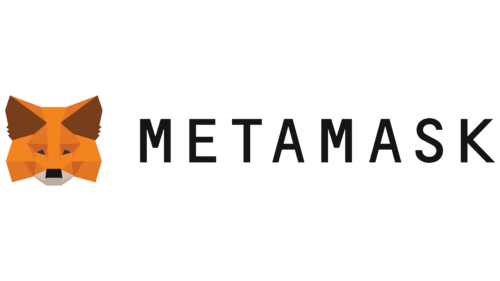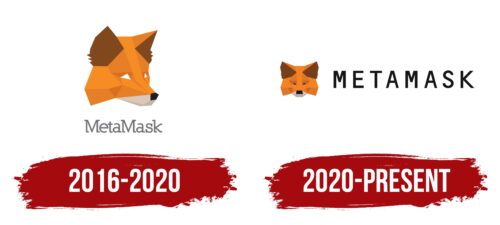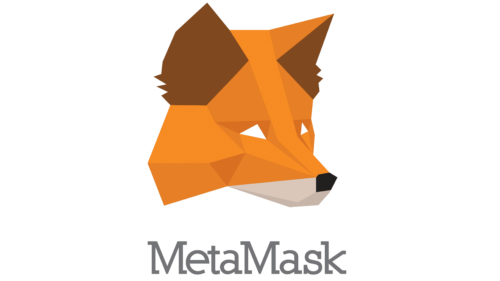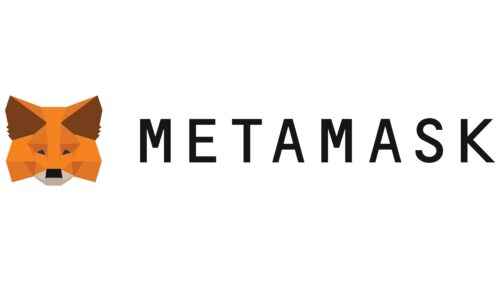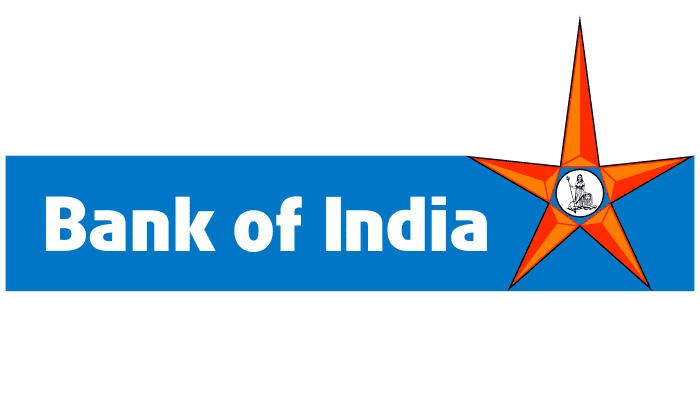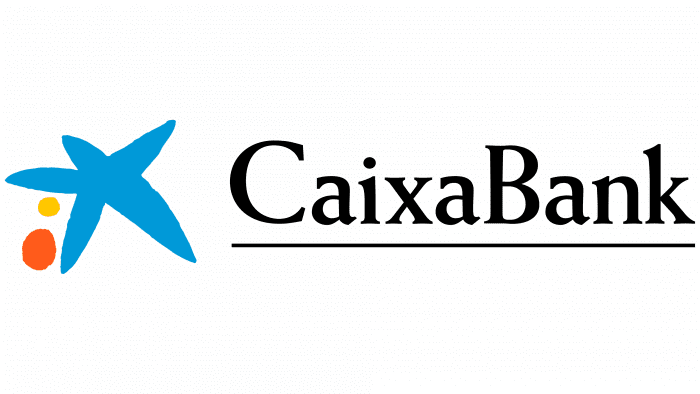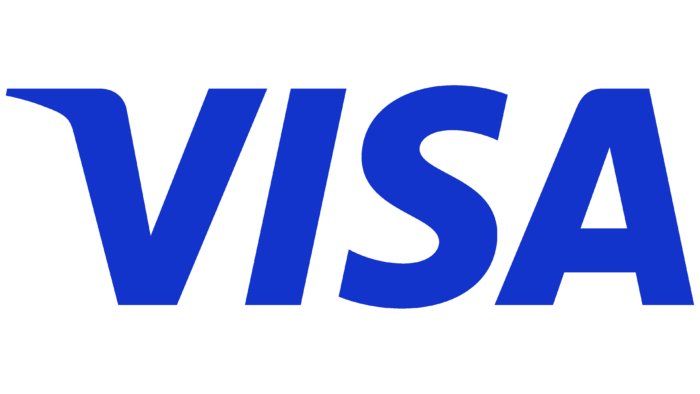MetaMask: Brand overview
| Founded: | 2016 |
| Founder: | ConsenSys |
| Headquarters: | United States |
| Website: | metamask.io |
Meaning and History
2016 – 2020
2020 – today
MetaMask color codes
| Hazelnut | Hex color: | #bfae9e |
|---|---|---|
| RGB: | 191 174 158 | |
| CMYK: | 0 9 17 25 | |
| Pantone: | PMS 4745 C |
| Cadmium Orange | Hex color: | #f6851b |
|---|---|---|
| RGB: | 246 133 27 | |
| CMYK: | 0 46 86 4 | |
| Pantone: | PMS 151 C |
| Cocoa Brown | Hex color: | #cd6116 |
|---|---|---|
| RGB: | 205 97 22 | |
| CMYK: | 0 53 89 20 | |
| Pantone: | PMS 166 C |
| Russet | Hex color: | #763d16 |
|---|---|---|
| RGB: | 118 61 22 | |
| CMYK: | 0 48 81 54 | |
| Pantone: | PMS 7526 C |
| Eerie Black | Hex color: | #151515 |
|---|---|---|
| RGB: | 21 21 21 | |
| CMYK: | 0 0 0 92 | |
| Pantone: | PMS Black 6 C |
